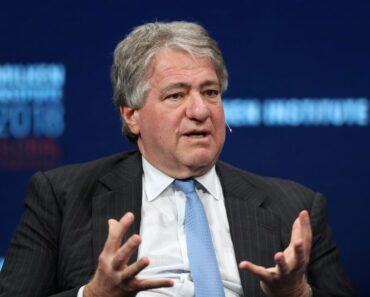This post was originally published on this site
 © Reuters. A Wall St. street sign is seen near the NYSE in New YorkNYSE in New York
© Reuters. A Wall St. street sign is seen near the NYSE in New YorkNYSE in New YorkBy Noel Randewich and Saqib Iqbal Ahmed
SAN FRANCISCO (Reuters) – Wall Street’s poor start to December has some investors bracing for a choppy end-of-year as fears about the U.S.-China trade war resurface.
The S&P 500 () suffered its third successive decline on Tuesday, and is down almost 2% since closing at a record high last Wednesday. The latest selling came after U.S. President Donald Trump suggested a trade agreement with China might not happen before the U.S. presidential election in November 2020.
With Wall Street turning less optimistic about a potential trade deal, recent options trades show some investors hedging against a downturn.
Investors are particularly sensitive about potential end-of-year weakness after the final month of 2018 was the worst December on Wall Street since the Great Depression.
“The narrative on trade has quickly been turned upside down as negative headlines on tariffs have ignited a risk averse tone in the markets,” Charlie Ripley, senior investment strategist for Allianz (DE:) Investment Management, wrote in an email.
Wall Street has been shaken at times this year by trade-related tweets and comments by Trump, but the market overall has extended its decade-long rally, helped by low interest rates.
For a graphic on U.S.-China trade war timeline, click https://graphics.reuters.com/USA-STOCKS/0100B33L2BV/china-trade-timeline.png
A basket of trade-related stocks has surged about 21% this year, although short of the S&P 500’s 23% rally, reflecting investors’ cautious optimism a deal would be reached.
For a graphic on U.S. trade stocks trail, click https://fingfx.thomsonreuters.com/gfx/mkt/12/9457/9369/Trade%20stocks%20trail.jpg
Investment strategists recently polled by Reuters on average expected U.S. stocks to rise in 2020 at a modest pace, helped by low interest rates, stable global growth and a better-than-expected recovery in U.S. earnings.
Positioning in stock options appears to be cautious, however, particularly for those contracts expiring soon after December 15, when new U.S. tariffs on another $300 billion worth of Chinese imports are set to kick in, including on cell phones, laptop computers and toys.
For a graphic on S&P 500 options Dec open contracts, click https://fingfx.thomsonreuters.com/gfx/mkt/12/9452/9364/Pasted%20Image.jpg
For a graphic on SPDR S&P 500 ETF Trust (ASX:) options Dec open contracts, click https://fingfx.thomsonreuters.com/gfx/mkt/12/9453/9365/Pasted%20Image.jpg
It is not unusual to see a bias toward defensive options in broad index options. However, the overall put-to-call ratio of S&P 500 options is near the most defensive it has been in at least five years, according to Trade Alert data.
Defensive positioning into the year-end appears to stem from a combination of worries about a trade deal not coming to fruition and from investors protecting gains after Wall Street’s strong performance this year, said Randy Frederick, vice president of trading and derivatives for Charles Schwab (NYSE:) in Austin.
“When you are up 25% year-to-date, you would almost be a fool to not put on some sort of downside hedge or do something to protect yourself, especially with this critical date coming up (Dec 15),” Frederick said.



